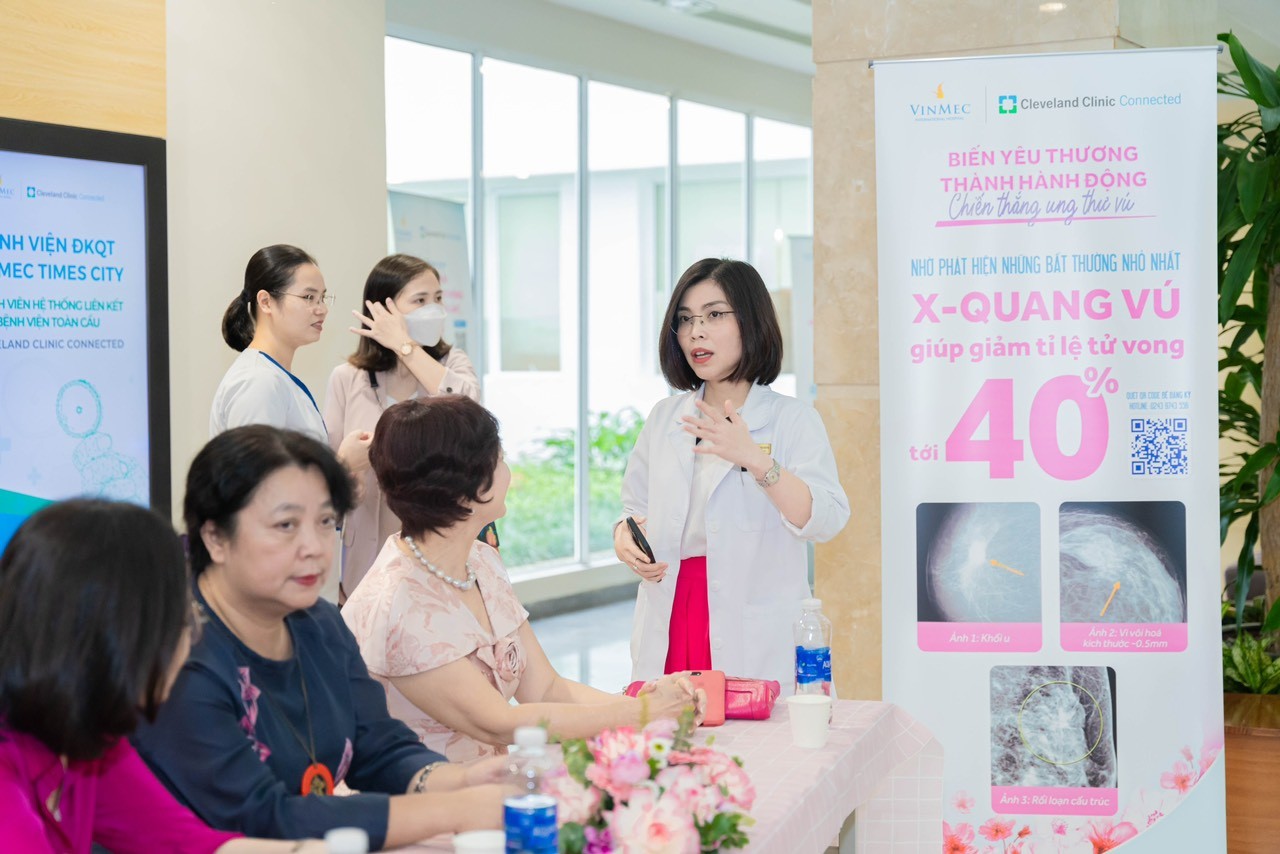 |
| Dr. Nguyen Thu Huong at an event to raise awareness about early screening for breast cancer in women. (Photo: NVCC) |
Dear doctor, the rate of breast cancer in Vietnamese women is increasing and getting younger. What is the cause?
The rate of UTV increasing and getting younger in Vietnamese women has many different causes. Some main causes can be pointed out as follows:
Firstly , the change in modern lifestyle, with changes in diet and physical activity. Consumption of foods high in fat, sugar and preservatives, along with less physical activity can increase the risk of developing UTV.
Second, the main risk factor is age. Middle-aged and elderly women are at higher risk of developing breast cancer. However, breast cancer has recently been seen in younger women as well. This may be due to changes in the environment and genetics.
Third, genetic factors also play a role in increasing the rate of breast cancer. If a family member (such as mother, sister, or child) has had breast cancer, the risk of developing the disease is higher than that of people with no family history of breast cancer.
Fourth , the female hormones estrogen and progesterone can influence the abnormal growth of breast cells and increase the risk of breast cancer. Long-term exposure to estrogen (such as through the use of birth control pills or postmenopausal hormone replacement) can increase the risk of breast cancer.
Fifth, environmental influences. Certain toxic substances may be associated with the development of UTV. Environmental contaminants, chemicals in food, and banned substances may increase the risk of developing the disease.
The above are some of the possible causes that may affect the increase in the rate of UTV in Vietnamese women. However, determining the exact specific cause still requires further research.
Dr. Nguyen Thu Huong, MD, PhD, was formerly the head of the Breast Imaging Diagnostics Group, Department of Diagnostic Imaging at Bach Mai Hospital. Currently, Dr. Huong is the Head of the Breast Unit at Vinmec Times City International General Hospital and a professional advisor for the Vietnam Breast Cancer Network. The doctor has nearly 20 years of experience in the field of breast imaging diagnostics and intervention. Dr. Huong received formal training domestically and graduated with honors in her residency in Diagnostic Imaging at Hanoi Medical University. She then completed an international fellowship program specializing in breast medicine at the Breast Center, Seoul National University Hospital in Korea. The doctor continued to pursue his doctoral studies in Diagnostic Imaging and Nuclear Medicine at Gunma University, Japan. In addition, Dr. Huong also participated in many international training programs and conferences such as: France, Korea, Japan, USA... |
So who are the top subjects at highest risk of this disease?
The groups at highest risk are:
Middle-aged and elderly women. With the incidence of UTV increasing with age and peaking around the ages of 50-70. Middle-aged and elderly women are at higher risk than other age groups.
The risk of developing UTV increases if a family member (such as mother, sister, or child) has had the disease, especially at a young age.
People with abnormal gene expression. Certain genes can increase the risk of breast cancer. In particular, mutations in the BRCA1 and BRCA2 genes are strongly associated with an increased risk of breast cancer, especially in young women.
People with a history of UTV. If you have had UTV on one side, your risk of having it on the other side increases.
People exposed to the female hormones estrogen and progesterone: Long-term exposure to estrogen through postmenopausal hormone replacement therapy or birth control pills may increase the risk of developing breast cancer.
People who consume foods high in fat, sugar and preservatives, smoke, use alcohol and lack physical activity may increase their risk of developing UTV.
Although these groups are at higher risk, early detection and medical care are important for all women.
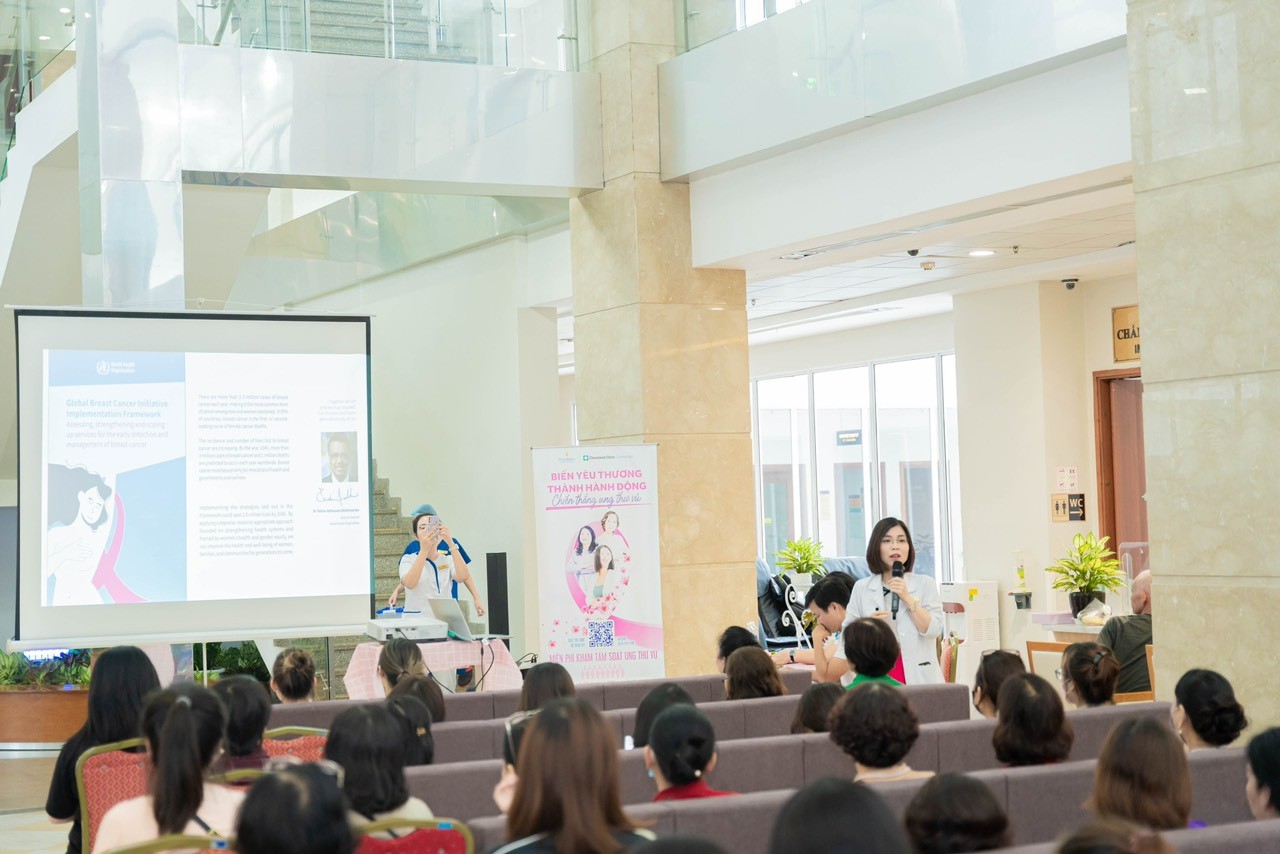 |
| Raising awareness about early screening helps many women escape breast cancer. In the photo, Dr. Nguyen Thu Huong at a completely free early screening session for breast cancer under the PinkWin campaign, October 2023. (Photo: NVCC) |
How do doctors assess the importance of awareness of the risks that this disease brings to Vietnamese women today?
Adequate and correct awareness of the risks that breast cancer brings to Vietnamese women today is extremely important, helping women to be aware of performing regular check-ups, including regular breast self-exams and imaging tests such as ultrasound and mammograms. Early detection of breast cancer can improve survival rates and the chance of effective treatment.
Furthermore, a good awareness of UTV risks can create an overall awareness of a healthy lifestyle. Women can change their eating habits, increase physical activity, and reduce stress to reduce their risk of disease.
This encourages women to seek knowledge and support from health resources, helping them to better understand their condition, prevention and treatment options.
Awareness of UTV risks needs to be promoted to ensure that health workers are well-versed in the prevention, identification and treatment of UTV, and to promote research and development of new technologies in this area.
The recommended age for early screening is from 40 years old, screening once a year is more beneficial than screening once every 2 years. Screening extended to over 74 years old should consider some minor disadvantages of screening.
Early screening for breast cancer is effective for the majority. Each individual needs a careful examination by a breast specialist because breast cancer can occur at any age, can be misdiagnosed, delayed, and treated incorrectly or untimely.
In conclusion, I appreciate the importance of awareness of the risks that UTV poses to Vietnamese women, as it can provide important information, encourage support, early detection and better care for affected women.
As a doctor with many years of experience in the field, can you share some happy and sad memories while accompanying patients in fighting the disease?
Over 20 years working in the field of breast health care, I have also encountered many joys and sorrows in the process of diagnosis and treatment.
For example, last October, thousands of women attended completely free early breast cancer screening sessions under the PinkWin campaign at Vinmec Breast Center. Many cases were detected with benign, suspected lesions, as well as truly malignant lesions. In particular, Ms. C., 52 years old, through clinical examination, ultrasound and X-ray, the doctor discovered a very small lesion in her left breast, just under 1 cm, with a high level of suspicion on X-ray and ultrasound, assessed by Birads 4C. The lesion was biopsied immediately afterwards and the result was breast cancer.
Such early detection helps Ms. C. reduce treatment costs, ensure aesthetics as well as increase the chance of survival after 5 years or even 10 years to over 90%.
That is just one of the happy memories in my life as a doctor, there are many joys when patients find early signs and treat early so that the disease does not progress to more serious stages or when patients make progress in the treatment process, such as reducing the size of the tumor or reducing the signs of the disease. This brings great hope and joy to patients and their families.
In particular, my profession has shown me the patience and strength of patients in the process of fighting the disease, demonstrating their will and determination to face the challenges and difficulties in the process of treating UTV.
I am really sad when I receive test results or a diagnosis confirming a patient has a UTV. These moments mark a big change in the lives of patients and their families, can cause anxiety and insecurity for them, and also leave sad feelings for doctors and nurses like us.
Especially when it is determined that the patient is incurable or has entered the terminal stage of the disease, we are always faced with the difficult reality of the patient and the possibilities of loss.
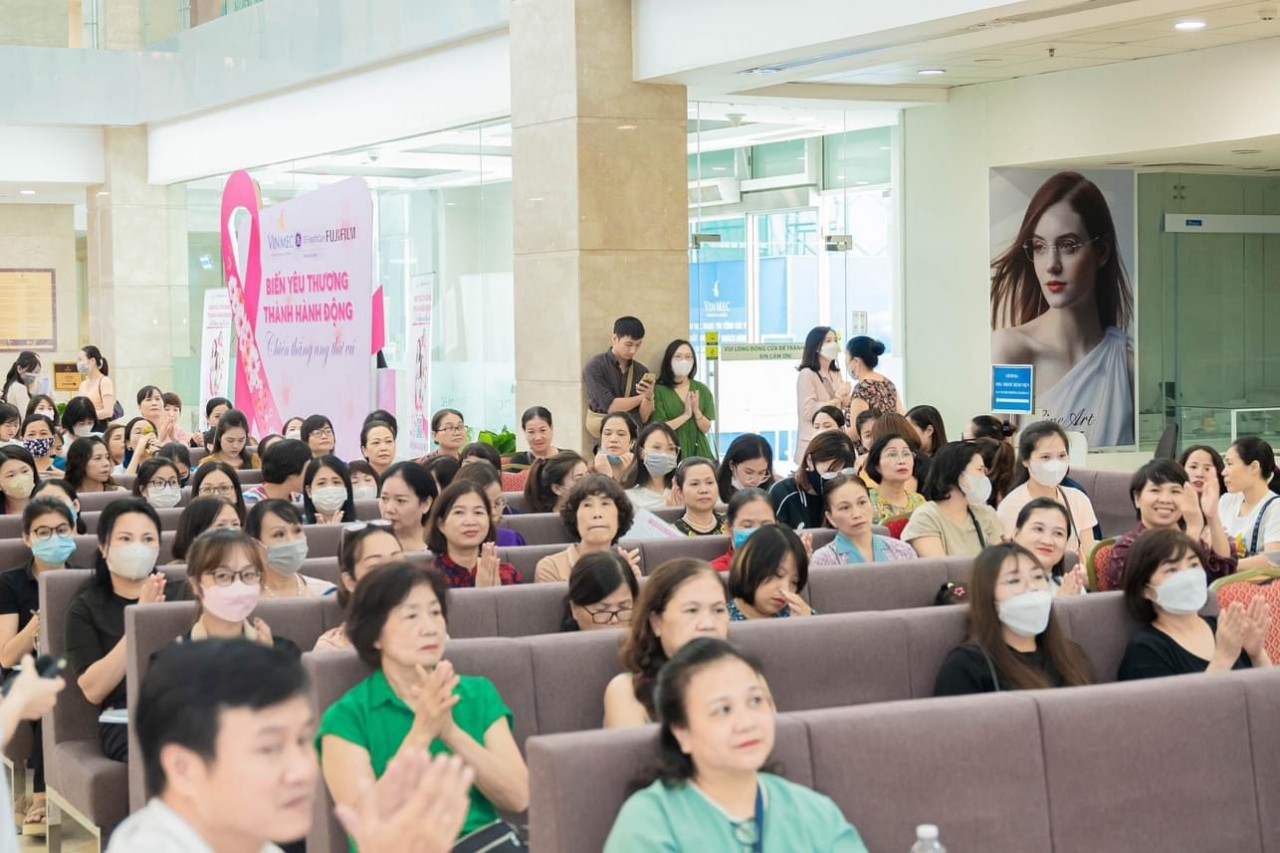 |
| Vietnamese women are increasingly aware of the possibility of curing breast cancer if detected early. (Photo: NVCC) |
According to the doctor, what has the Vietnamese health sector been doing to prevent and control cancer? What is the most urgent thing to do now, at the national, organizational, agency, and individual levels?
The Vietnamese health sector has been doing a lot of work to prevent UTV. Some important activities include:
First is the National Cancer Screening Program. This program aims to detect breast cancer early by providing free screening services to women aged 35 to 60. The goal is to increase early detection rates and reduce mortality from breast cancer.
Subsequently, the Government and health organizations have conducted campaigns to increase awareness and educate the community about the symptoms, risk factors and prevention methods of UTV. Activities such as seminars, free health check-ups and consultations, mass media programs have been deployed to increase knowledge and attract community attention to this issue.
In addition, medical research agencies and health organizations are conducting research to improve our understanding of the diagnosis, treatment, and prevention of breast cancer. The latest research in genetics, molecular medicine, and pharmaceuticals is providing important information for developing more effective treatments and prevention.
Among them, some of the most urgent things to do now are:
First, the importance of regular screening needs to be raised. Raising awareness and increasing the participation of both patients and health care providers in performing regular UTV screening. This can help detect tumors early and increase the chance of effective treatment.
Next is investing in diagnostic and treatment systems. Investing in advanced medical technologies, improving medical infrastructure and training professionals to provide accurate diagnosis and effective treatment will improve patient outcomes and survival.
At the same time , research must be strengthened. Continue to invest in research on UTV to learn about risk factors and mechanisms of the disease, in order to develop better prevention and treatment methods.
However, in addition to health care, cancer prevention is a task that requires the participation of all levels, including the government, social organizations and individuals. The most important thing is the active participation of each individual in self-examination, maintaining a healthy lifestyle and performing regular check-ups to detect abnormalities and identify them promptly.
Can you share typical international experiences in early cervical cancer screening?
I understand that the US and some European countries have used mammography in annual mass screening for women aged 40 and over and it is covered by national screening programs.
I want to tell the story of Aleisha Hunter, the world’s youngest known breast cancer patient. The 4-year-old Canadian girl had a radiant smile and a carefree demeanor, giving no indication that she had endured a 15-month medical nightmare that ended with a breast cancer diagnosis and a total mastectomy.
Aleisha survived a disease that would scare any grown woman. Her mother, Melanie, felt a pea-sized lump in Aleisha’s breast in December 2008, when she was two and a half years old. She was diagnosed with lymphadenitis and given antibiotics and painkillers, but her symptoms did not improve. “They basically had no idea what it was, and I was not satisfied with that answer,” Melanie said. “She was getting sicker and sicker, in a lot of pain, mostly at night, and couldn’t sleep.”
The tumor grew to 2.5 cm (April 2010), the baby's mother became increasingly worried, when it was removed, the tumor was 5 cm in size, turned purple, and spread like a spider web.
Doctors diagnosed Aleisha with invasive, secretory juvenile breast carcinoma. This is a rare cancer, not much research has been done but the prognosis is good and most patients recover well after treatment.
Dr Nancy Down (North York Hospital) successfully removed the entire breast and axillary lymph nodes for Aleisha. She has a good prognosis and can have breast reconstruction when she grows up: “She will likely live a very long life.”
Her mother: “After the surgery, she was much healthier, more active, growing and gaining weight.” After that, Aleisha got used to a normal life like any other baby. Her mother also overcame the psychological trauma.
What message does the doctor have for women?
I often joke with people that "grapefruit or lemon, healthy, fresh and green is beautiful!". The message here is, we women should listen to and love ourselves, especially need to proactively implement the habit of screening for cervical cancer.
Thank you very much doctor!
Source



![[Photo] Looking back at the impressive moments of the Vietnamese rescue team in Myanmar](https://vstatic.vietnam.vn/vietnam/resource/IMAGE/2025/4/11/5623ca902a934e19b604c718265249d0)

![[Photo] "Beauties" participate in the parade rehearsal at Bien Hoa airport](https://vstatic.vietnam.vn/vietnam/resource/IMAGE/2025/4/11/155502af3384431e918de0e2e585d13a)


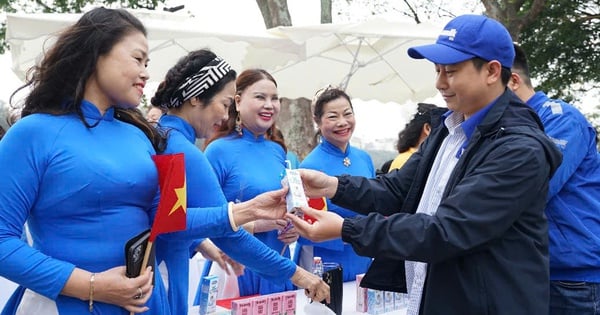



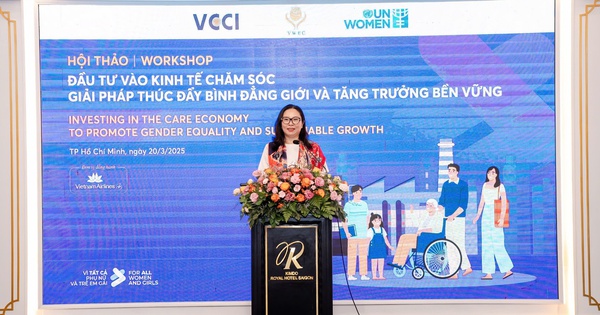
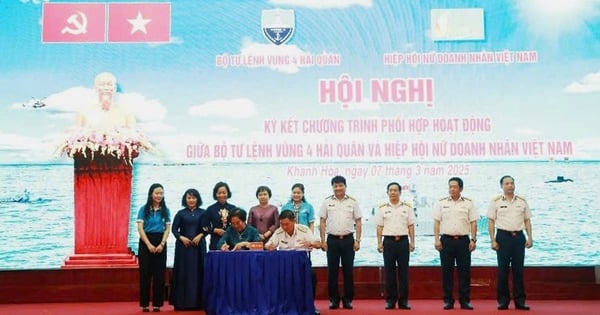
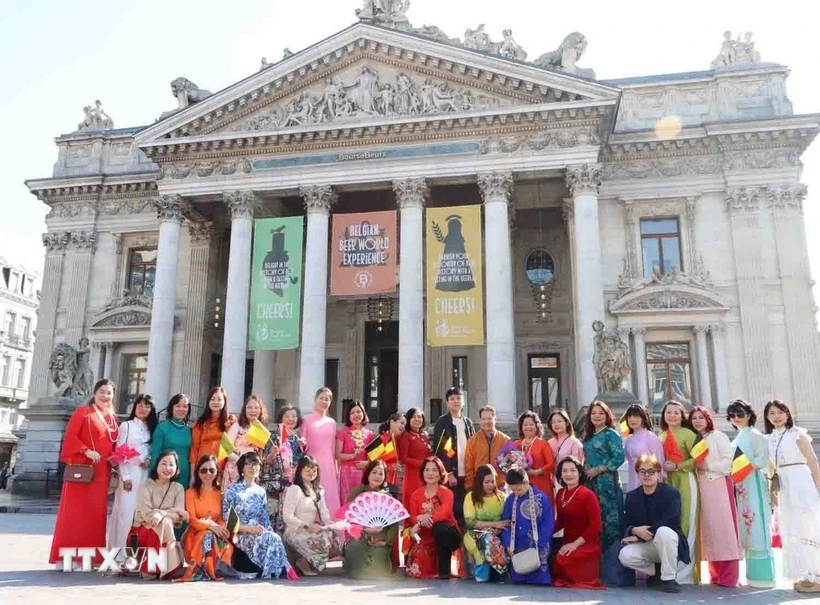



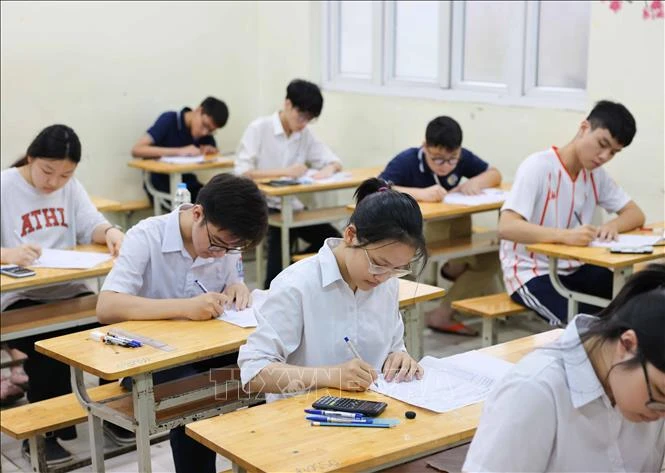
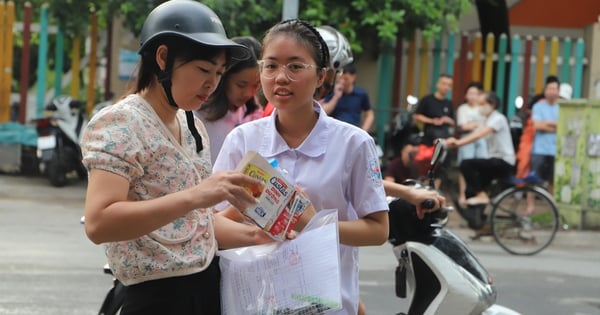
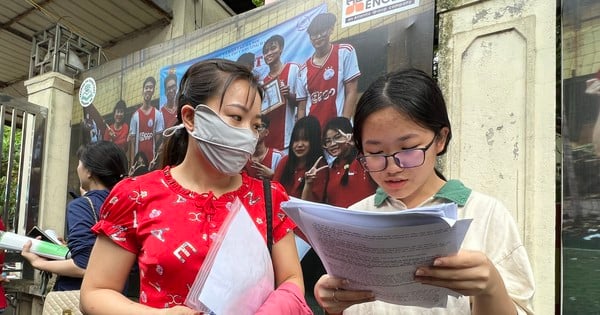
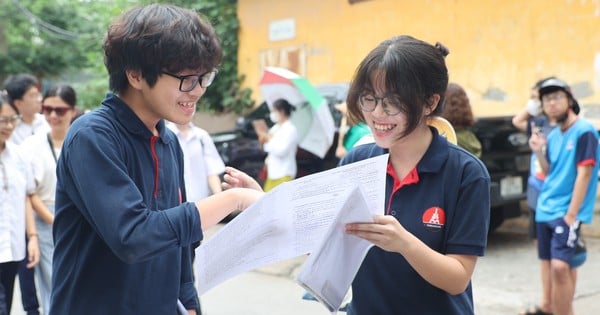
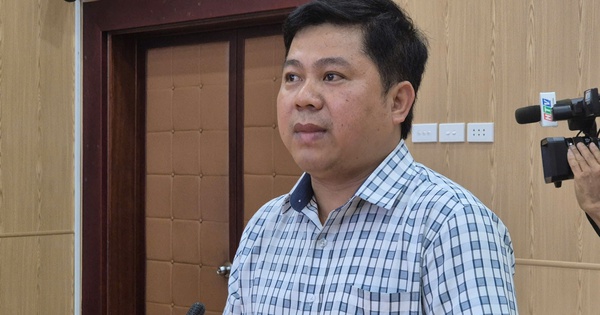
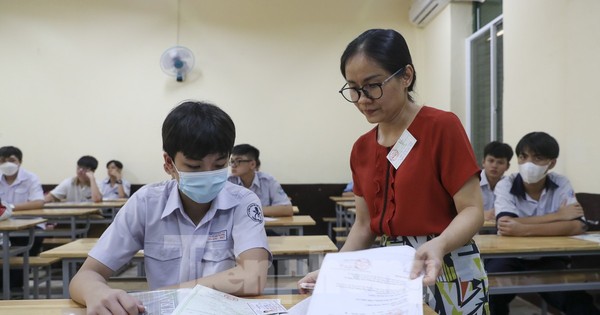


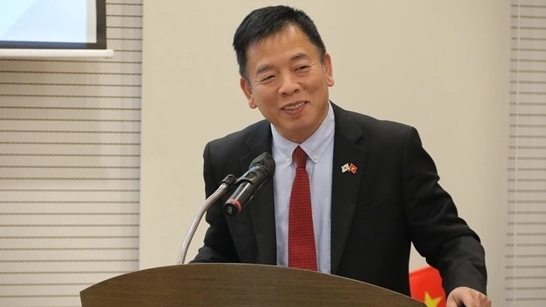
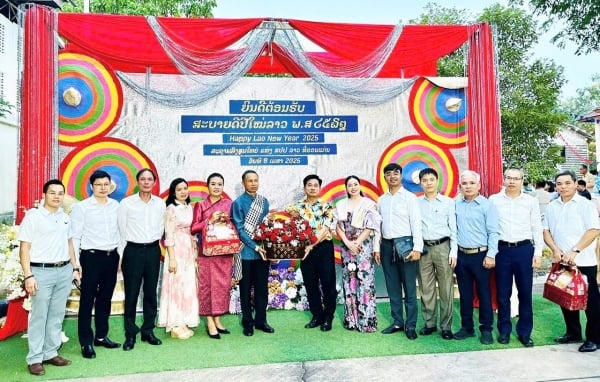
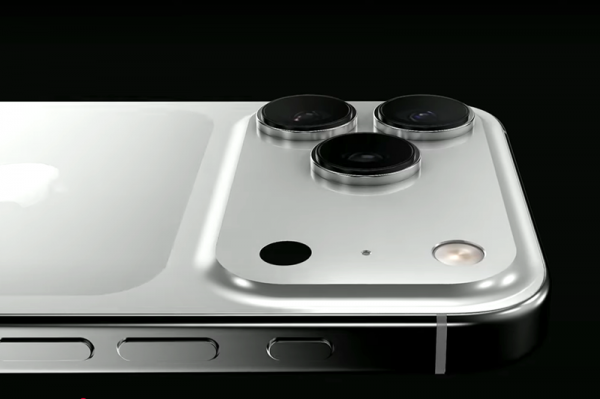

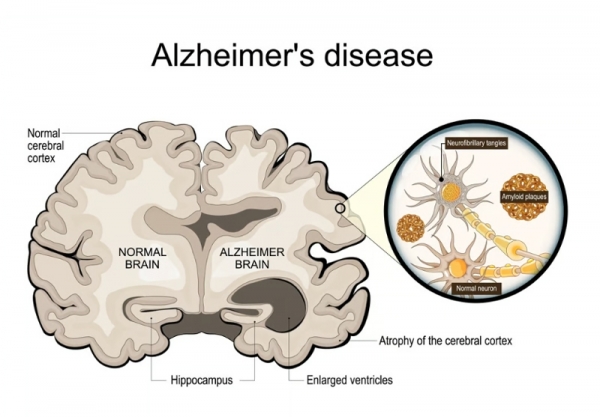
![[Photo] Summary of parade practice in preparation for the April 30th celebration](https://vstatic.vietnam.vn/vietnam/resource/IMAGE/2025/4/11/78cfee0f2cc045b387ff1a4362b5950f)







































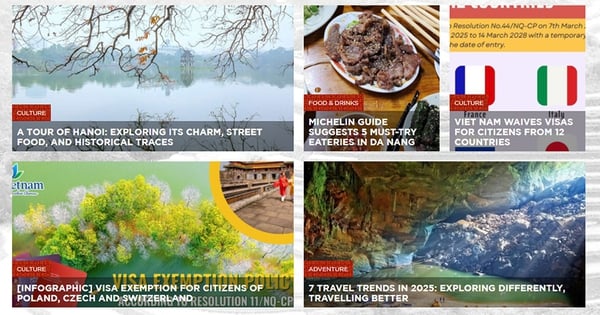

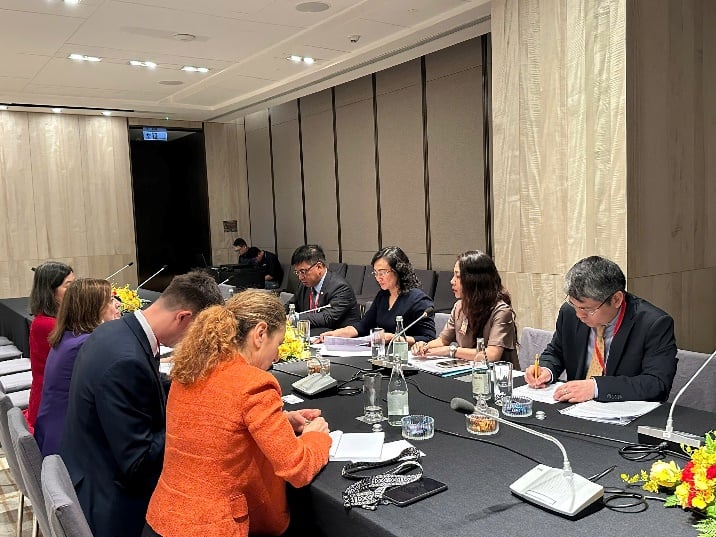
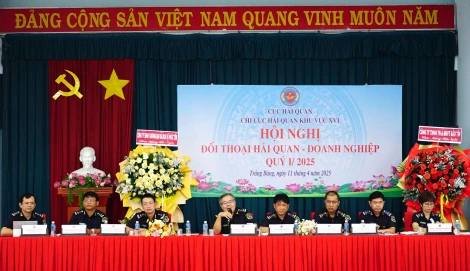
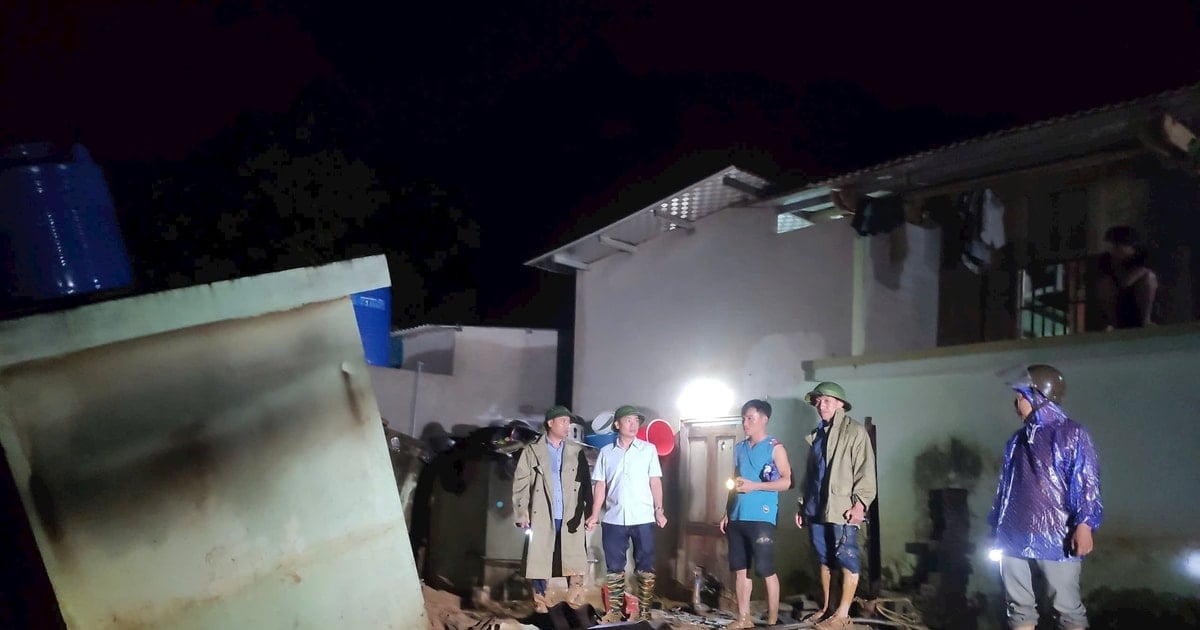

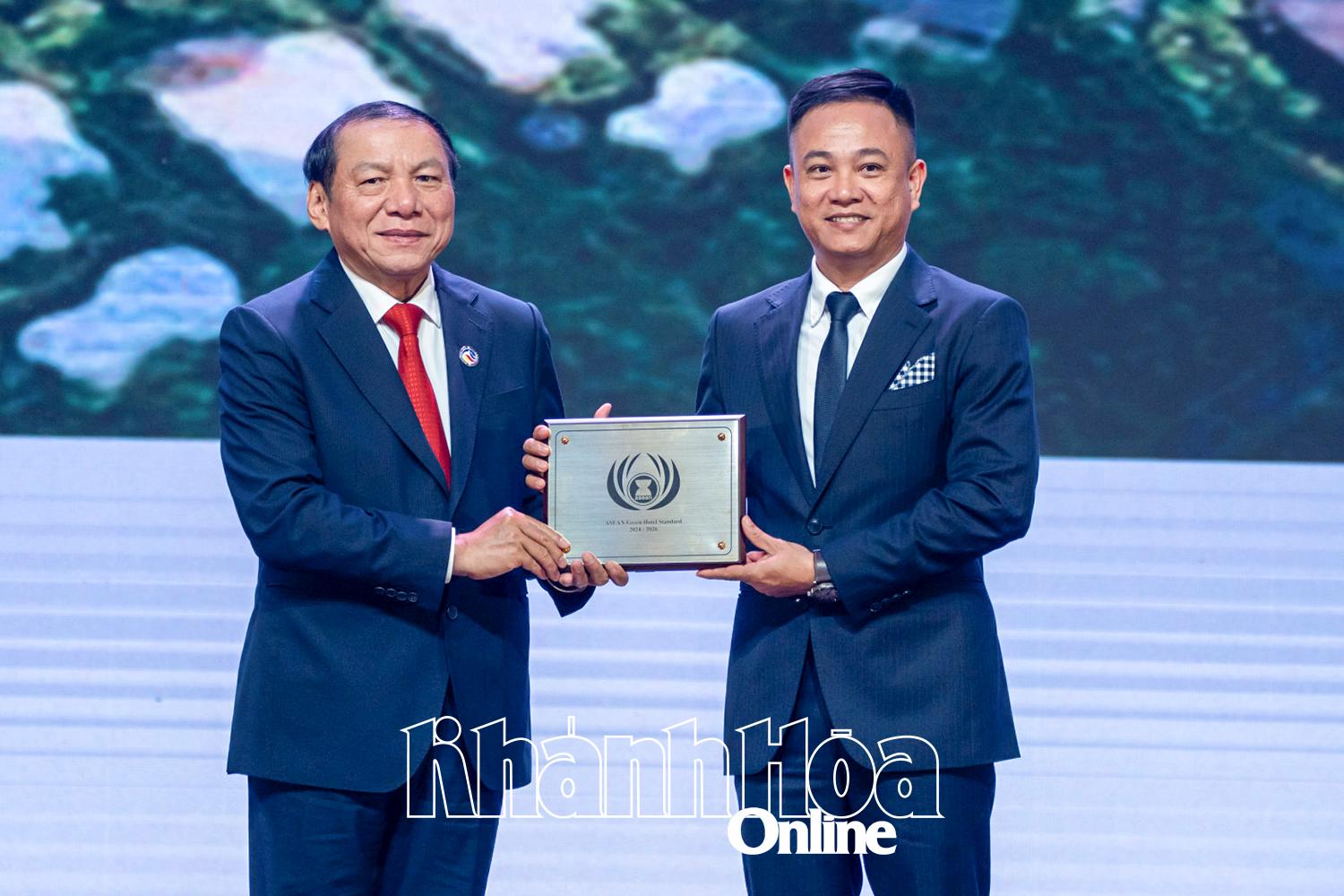

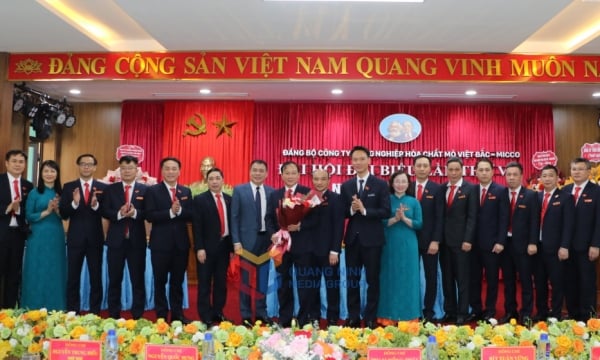
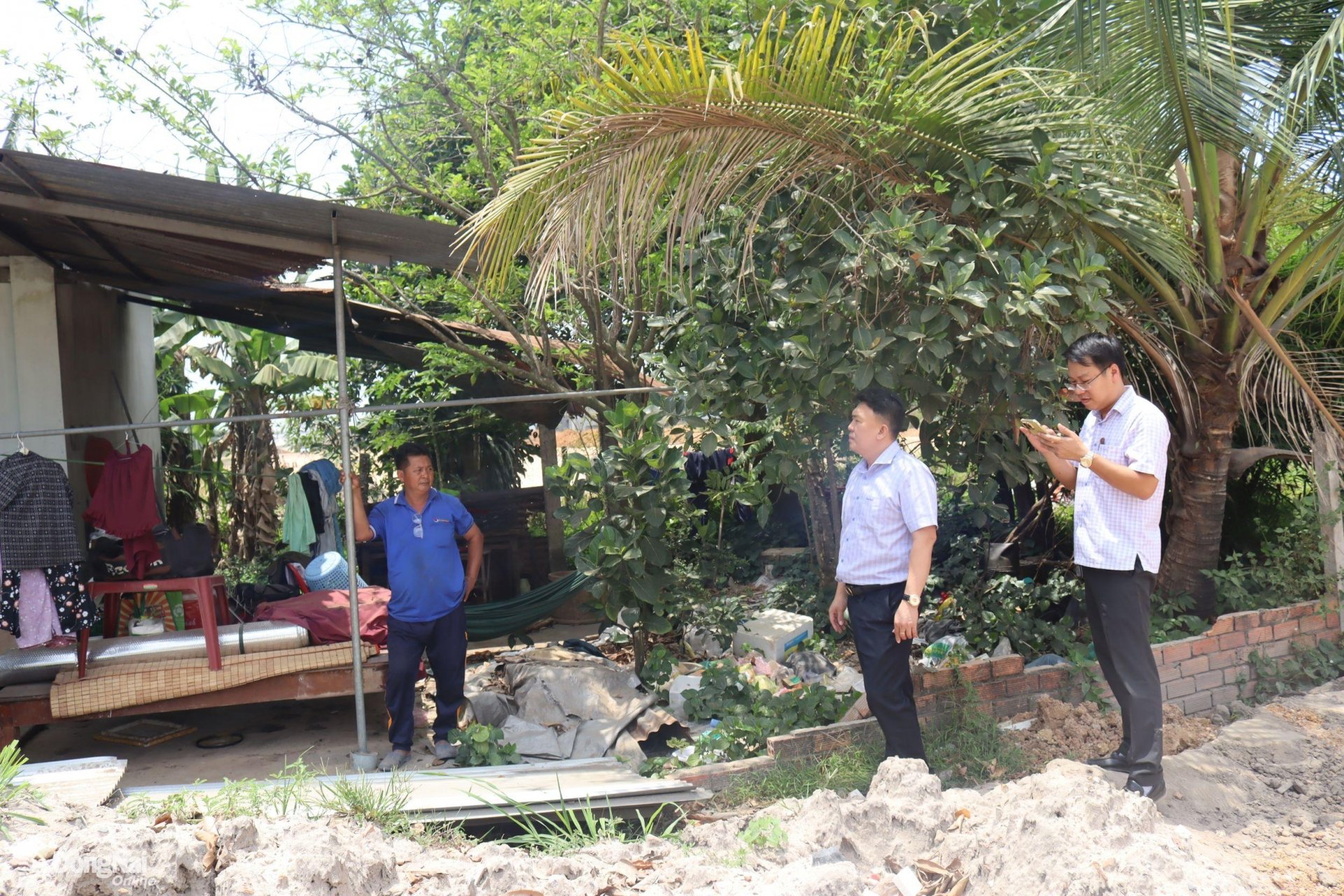

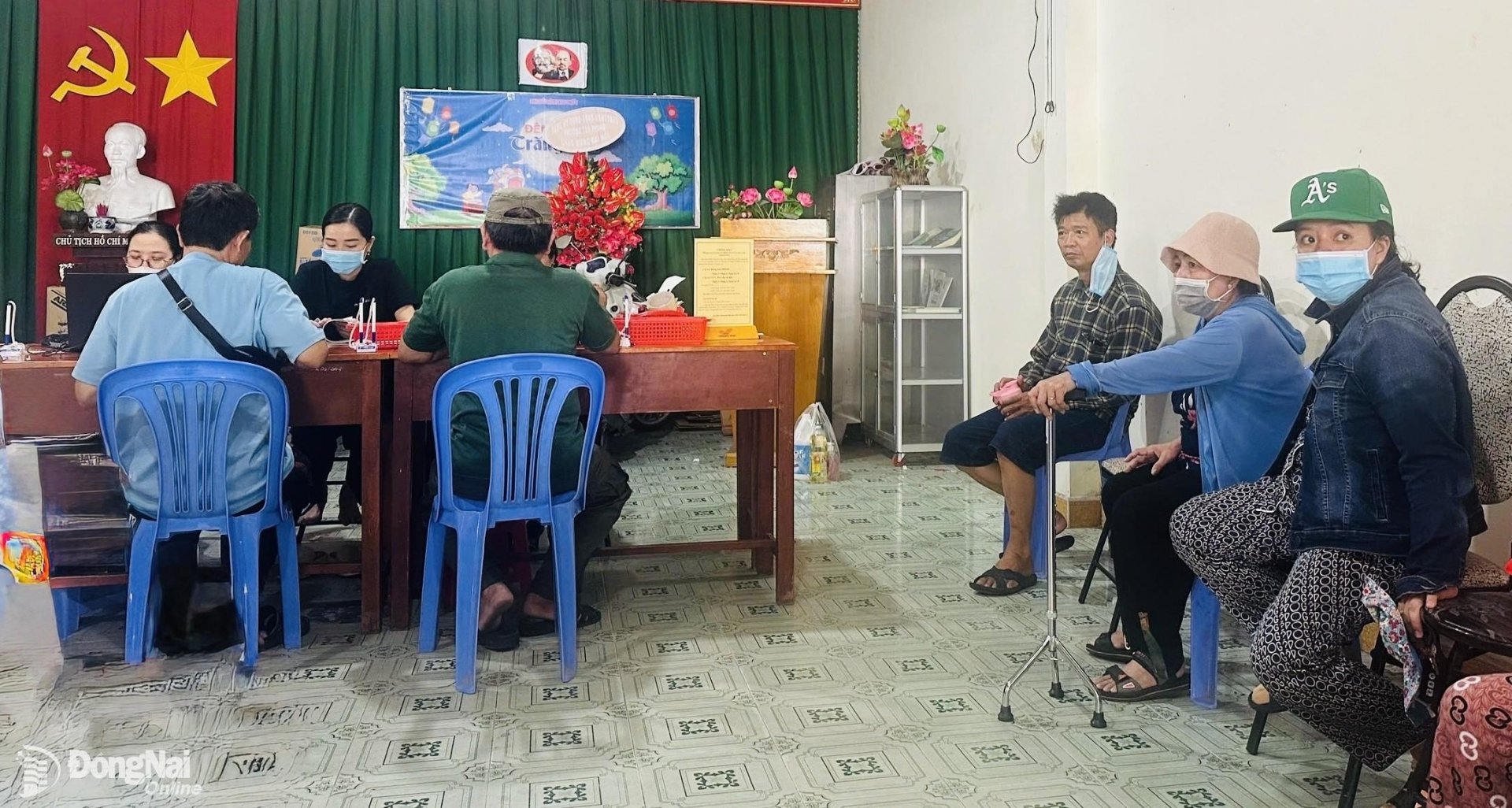











Comment (0)